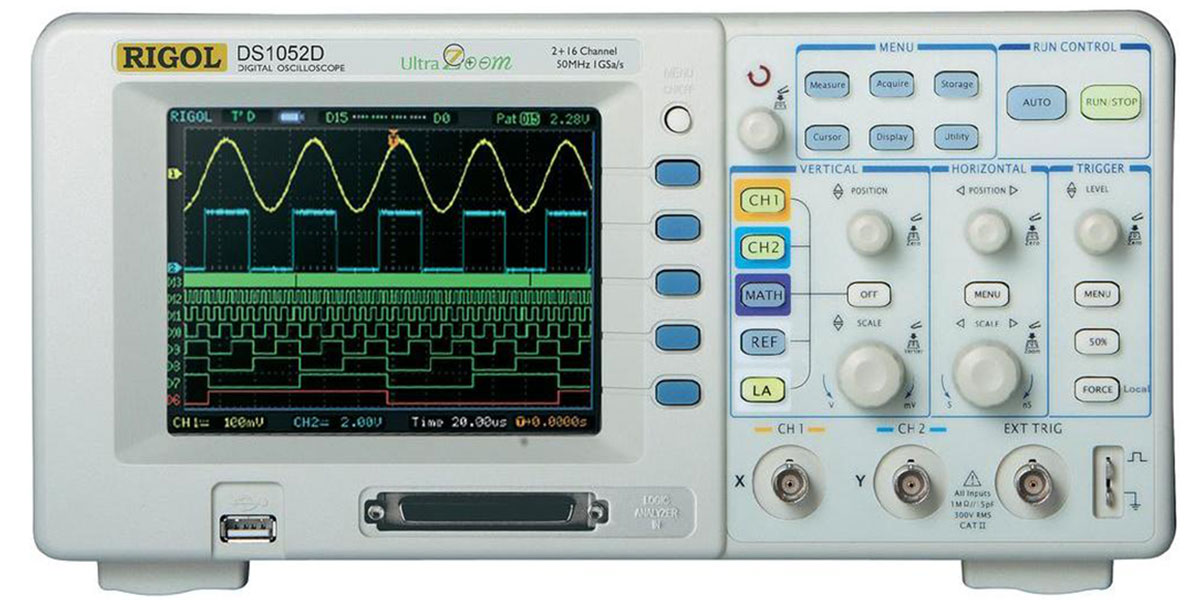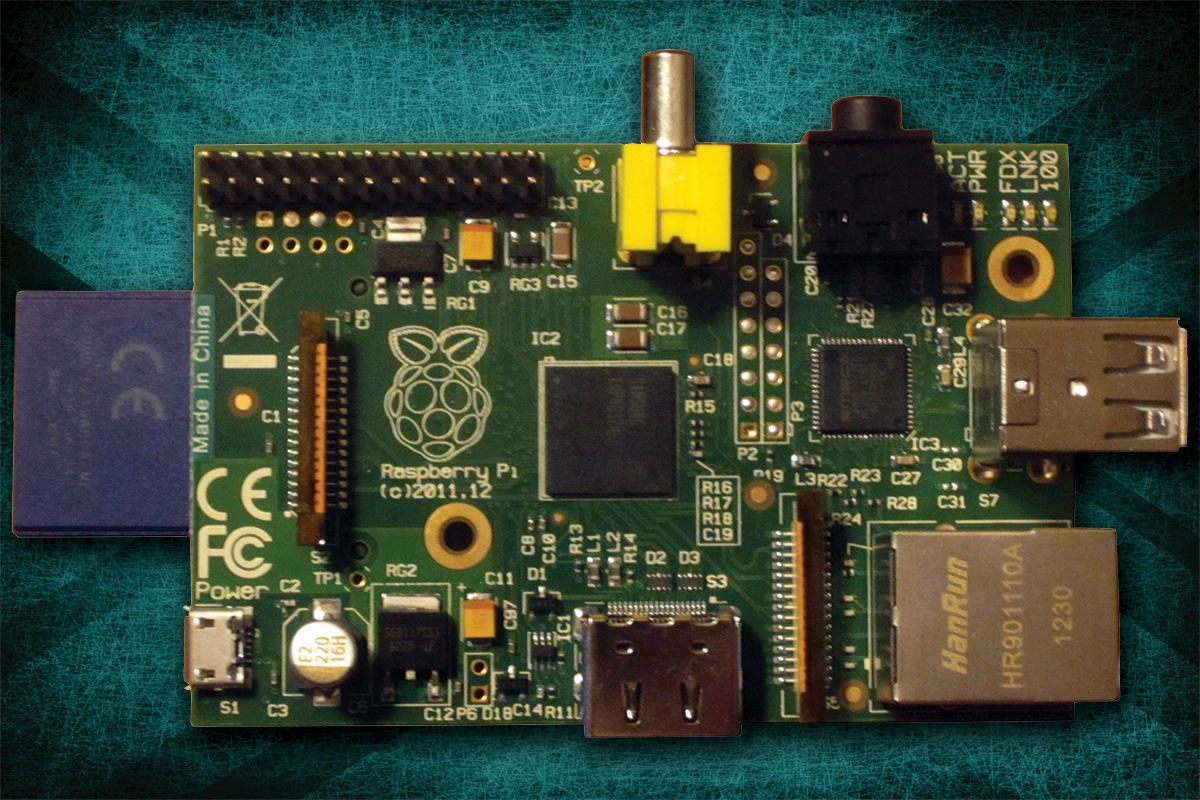
I’ll show you two examples of circuits that don't use a micro but are often built with one, and explain some of the logic and theory behind these circuits.

All sorts of questions arise when choosing a new digital oscilloscope (DSO) — it can be somewhat daunting! Here are 16 tips that can make selecting the appropriate oscilloscope for your task at hand a lot easier.

Nixies were introduced when vacuum tube hardware automatically provided the high voltage they require. These days, circuitry typically runs on five volts or less, so finding the +170V or so for Nixie anodes can be a bit of a challenge. Here are three transformer based ways to obtain that high voltage in line-powered semiconductor-based devices.

When the concept of electromagnetic waves was first proposed around 1864, it was met with great skepticism. As a result, the idea languished for a long time. It took several decades for a handful of dedicated persons — infatuated with the mysteries of electricity and magnetism — to finally put the theory on a solid footing.

Several months ago, an idea popped into my head for a fun project. I wondered if I could burn some characters into the yellow paint of a No. 2 pencil with one of those powerful diode lasers available on eBay. Perhaps it could be my name or my grandkid’s names, or even a happy birthday message to my lovely wife. Here’s how I did it.
















